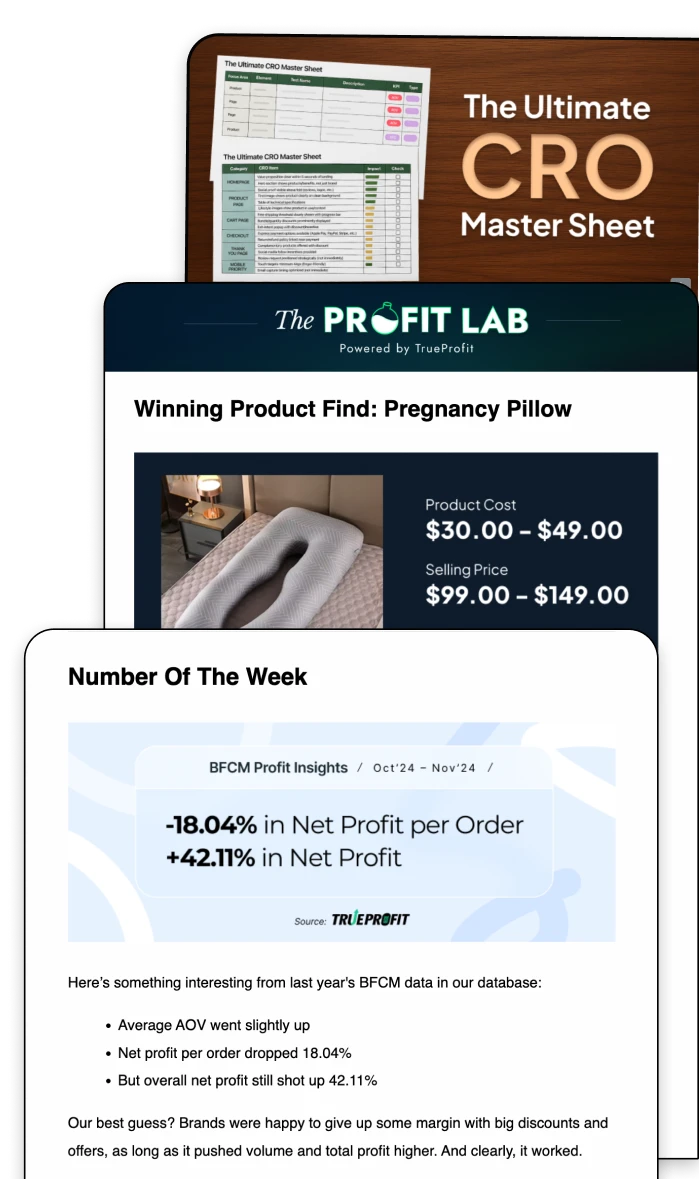What Is Shopify and How Does It Work? A Beginner’s Guide
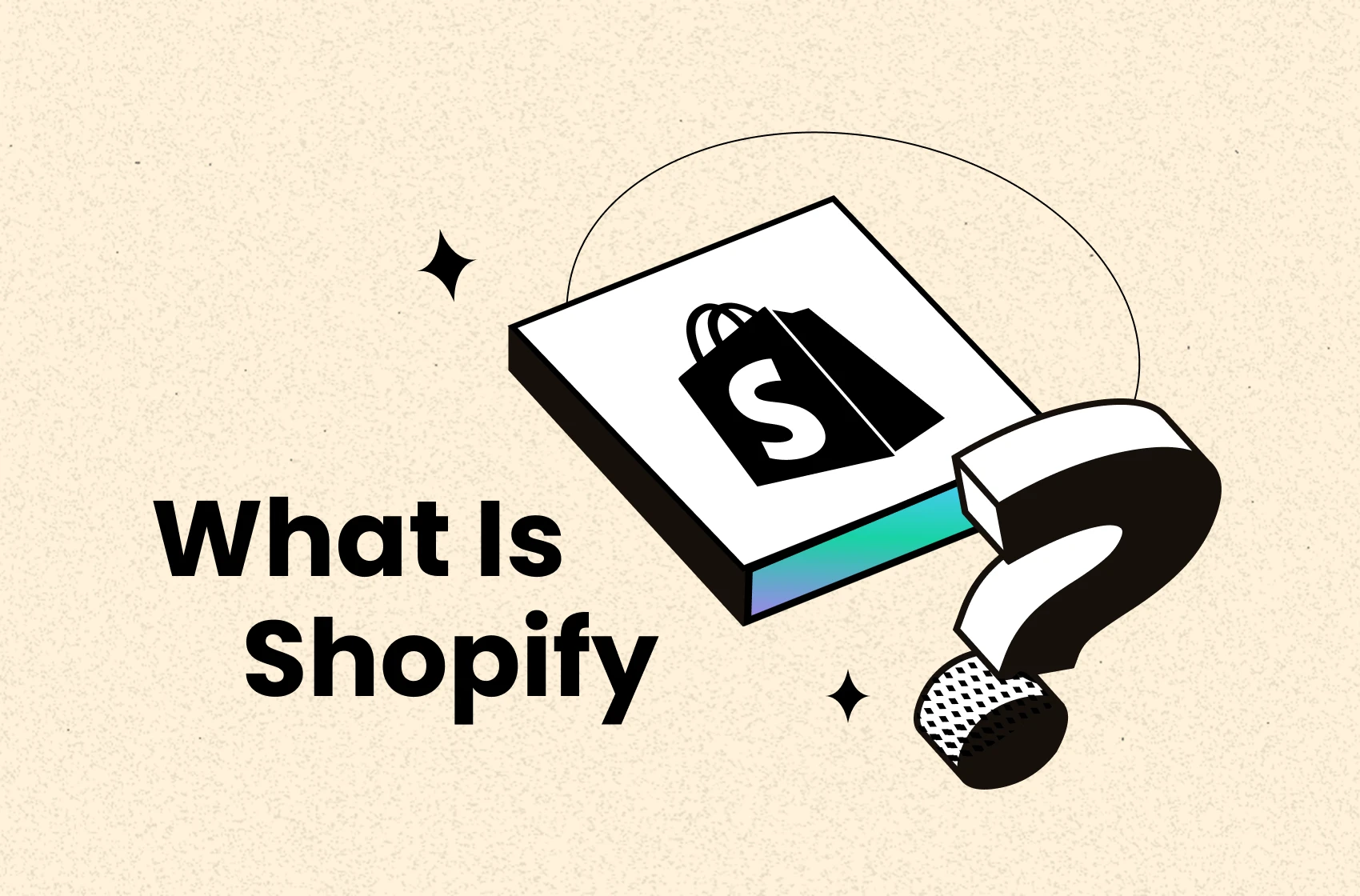
Thinking of starting an online business but not sure what is Shopify and how does it work? You’re not alone — and this guide is your shortcut to understanding it all.
Shopify is an all-in-one commerce platform that helps you sell online and in person.
With Shopify, you can:
- Build a website with drag-and-drop tools (no coding needed)
- Sell products, services, subscriptions, or digital downloads
- Accept payments and manage orders in one place
- Run everything from a single, easy-to-use dashboard
In this guide, we’ll break down what you can sell, how Shopify works behind the scenes, and how it compares to other ecommerce platforms — so keep reading.
What Is Shopify?
Shopify is an all-in-one platform that helps you build, manage, and grow your online store — without needing to code or hire a tech team.
Whether you're selling handmade jewelry, digital products, or just testing out a business idea, Shopify gives you the tools to get started fast. You can choose a store design, list your products, accept payments, and ship orders — all from one dashboard.
Shopify Features at a Glance
Feature | What It Does — For You |
|---|---|
Online Store Builder | Create a custom, mobile-ready storefront using drag‑and‑drop—no code required |
Built-in Payment Processing | Accept cards, Apple Pay, and more instantly—with no extra transaction fees |
Inventory Tracking | Keep real-time stock updates and alerts—avoid overselling easily |
Smart Shipping Tools | Print labels, auto-select best rates, route orders optimally, add tracking insurance |
Abandoned Cart Recovery | Automatically send reminders to shoppers for higher conversions |
Analytics & Reports | View sales, visitors, financial data, live store activity in one dashboard |
SEO & Marketing Tools | Customize meta tags, automate sitemaps, and integrate with Google & social platforms |
64-bit SSL & PCI Compliance | Built-in security that protects customer data and boosts trust |
Multi-channel Sales | Sell on marketplaces (Amazon, eBay), social media, in-person via POS |
App Store & Extensions | Add functionality (dropshipping, upsells, chat, Dynamics 365 Shopify integration) with 8,000+ apps |
24/7 Support & Partner Network | Get help anytime and hire vetted experts if needed |
Global Market Tools | Sell internationally with multiple currencies, languages, domains, and duty tools |
Shopify key features breakdown
Shopify offers everything you need to run a store. But when you're just starting out, four features below matter most. Let’s break them down:
1. A drag-and-drop store builder:
Simply drag blocks—like images, text, and buttons—onto your page and rearrange them until they look just right . You’ll never guess how it appears on mobile—it’s auto-responsive and updated live as you edit.
Shopify also gives you a library of flexible templates to start with. From there, you can customize colors, fonts, banners, and more to match your brand. You’ll go from blank canvas to branded store faster than you think—without hiring a designer.
2. Built-in payment processing:
With Shopify Payments built in, you can take credit cards, Apple Pay, Google Pay, and more, all without installing third-party apps.
There are no extra transaction fees when you use Shopify’s own system, so you keep more of your revenue. Payments are fast, secure, and go straight to your bank account in a few days.
3. Inventory tracking:
Shopify tracks your inventory in real time as products sell, update, or restock. You can set up alerts to avoid overselling, track inventory across multiple locations, and manage everything from one place.
Whether you're selling one product or a full catalog, Shopify keeps you organized and up to date.
4. Smart shipping tools:
Shopify gives you everything you need to ship without the hassle. Print labels in bulk—from USPS to UPS, DHL, Sendle, and more—right from your dashboard
Shipping rules let you automatically select the best shipping option—like the fastest route or lowest cost—directly at checkout
And if you sell from multiple locations, smart order routing sends each order from the closest warehouse to save on costs and speed up delivery.
You’ll also get tracking info and optional insurance (up to $200/item) included with every shipment, so you can keep customers in the loop—without extra tools.
Shopify Pros and Cons
Pros | Cons |
|---|---|
|
|
Shopify Pricing Plans
Shopify offers four main plans:
- Basic – $19/month: Best if you're starting solo. It gives you everything you need to launch your store and make your first sales.
- Grow – $49/month: Great when you’re building momentum and need a few hands on deck.
- Advanced – $299/month: Designed for growing stores that want deeper insights and lower transaction fees.
- Shopify Plus – from $2,300/month: Built for big businesses with complex operations, high-volume sales, or custom needs.
How Does Shopify Work?
From sign-up to first sale, Shopify is designed to help you move fast and confidently. Here’s a simple guide on how to set up Shopify store:
1. Sign up and set your store name
Begin by creating a free Shopify account. You’ll choose a store name and get access to your personal dashboard — the command center for your business.
2. Design your store (no coding required)
Use Shopify’s drag-and-drop store editor to customize your website. Pick from professionally designed themes that work beautifully on mobile and desktop. Whether you want a clean, minimal look or something bold and colorful, it’s easy to make your store feel like you.
3. Add your products
Upload product photos, set prices, write descriptions, and organize items into collections. Shopify even includes AI tools to help you generate product copy or manage content if you're not sure where to start.
4. Set up payments and shipping
Shopify handles payment processing for you — credit cards, PayPal, Shop Pay, and more. You can also automate shipping labels and track orders from the same dashboard. No need to juggle platforms.
5. Launch and start selling
Once your store is ready, go live. You can sell through your website, social platforms like Instagram or TikTok, marketplaces like Amazon, or even in person with Shopify POS. Everything stays in sync — inventory, orders, customer data — all in one place.
6. Grow with built-in support
From day one, Shopify gives you the support and tools to grow. Use Shopify analytics to understand your customers, apply Shopify marketing strategies, and explore best free Shopify apps to expand your store as your business evolves.
Need extra tools by categories? Browse the Shopify App Store to find best Shopify apps or check these articles out:
You don’t need to be a tech expert or data whiz to start a Shopify store. Shopify gives you all the tools to launch — plus access to over 8,000 free and paid apps that simplify everything from product sourcing to order fulfillment.
What to Sell on Shopify?
If you have something to sell, Shopify gives you the tools to sell it.
Here’s a look at the kinds of products and services people are already selling on Shopify:
Category | Products to sell on Shopify |
|---|---|
Physical Products |
|
Digital Products |
|
Services & Experiences |
|
Other Revenue Streams |
|
Above are 17 Shopify product ideas to start. But here’s the one golden truth to remember:
You can’t always predict a winning niche or a winning product upfront. You learn by launching, testing, and tracking the right numbers — like:
- Shopify Average Order Value (AOV) – how much a customer typically spends per order
- Shopify LTV (Lifetime Value) – how much each customer is worth to you over time
- Profit Margin – how much profit you make from each sale, expressed as a percentage. (try plugging your numbers into a free profit margin calculator to see how much you’re really making)
- Net Profit – what you’re actually keeping after costs like ads, shipping, and product
That’s where a profit tracker app like TrueProfit comes in. Designed specifically for Shopify merchants, TrueProfit is a powerful profit tracker app that helps you monitor your true net profit effortlessly and in real time. Whether it’s at the store-wide level, product level, or even down to individual marketing campaigns, TrueProfit gives you clear insights automatically—so you always know exactly how your business is performing financially.
Is Shopify Good for Beginners?
Yes — Shopify isn’t just for getting started. It’s built to grow with you.
Whether you're a solo founder testing your first product or a fast-growing brand scaling operations, Shopify gives you the tools, support, and flexibility to keep moving forward.
1. Trusted by Solo Founders
From side hustlers to household names like SKIMS and Gymshark, millions of entrepreneurs trust Shopify to power their business. The same platform used by global brands is accessible to anyone — no tech background needed.
2. Built to Scale
Start small, grow big. Whether you’re making your first sale or hitting six figures, Shopify adapts to your pace. You can upgrade features, expand to new markets, and manage operations all from one place.
3. Tools That Grow With You
With thousands of apps, professionally designed themes, and integrations for everything from marketing to fulfillment, Shopify makes it easy to expand your store’s capabilities — without rebuilding from scratch.
And if you ever outgrow the basics or need expert help with custom design, development, or advanced integrations, partnering with a Shopify development agency like Charle can help you build a high-performing store tailored to your brand’s goals.
4. Secure, Reliable, and Future-Proof
Shopify takes care of hosting, security, and performance, so your store stays fast and safe — even during big traffic spikes. You focus on growth; Shopify handles the tech.
What Are The Alternatives To Shopify?
Shopify isn’t your only option for selling online. Some popular alternatives include Amazon, Etsy, and WordPress.
Here’s the comparisons between Shopify vs Amazon, Etsy, and WordPress at a glance:
Platform | What it is | Best for | Who controls the brand + customer data? | Ease of use for beginners | Growth potential |
|---|---|---|---|---|---|
Shopify | Ecommerce platform | Building your own brand | You do. Full control over design, data, and store. | ✅ Beginner-friendly. No coding needed. | ✅ Scales from small to big stores easily. |
Amazon | Online marketplace | Selling products with built-in traffic | Amazon owns the platform and customer relationship. | ✅ Easy to start, but very competitive. | ⚠️ Hard to build your own brand or stand out. |
Etsy | Niche marketplace for handmade + vintage | Creators and handmade sellers | Etsy controls customer experience + traffic. | ✅ Simple, but less customizable. | ⚠️ Limited brand control and fees can add up. |
WordPress (with WooCommerce) | Open-source website builder | Full technical flexibility | You control it, but manage hosting and tech too. | ⚠️ Steep learning curve. Requires setup and plugins. | ✅ Flexible, but time-consuming to scale. |
So Which One’s Right for You?
Shopify is for people who want to build their own business and brand, with room to grow — without needing to be a tech expert.
Marketplaces are good for quick listings but limit long-term control.
DIY platforms give you flexibility but come with complexity.
In short, Shopify is where you build your own online store, sell anywhere, and manage everything in one place—no tech skills needed. It's your business, your brand, your way.
Lila Le is the Marketing Manager at TrueProfit, with a deep understanding of the Shopify ecosystem and a proven track record in dropshipping. She combines hands-on selling experience with marketing expertise to help Shopify merchants scale smarter—through clear positioning, profit-first strategies, and high-converting campaigns.



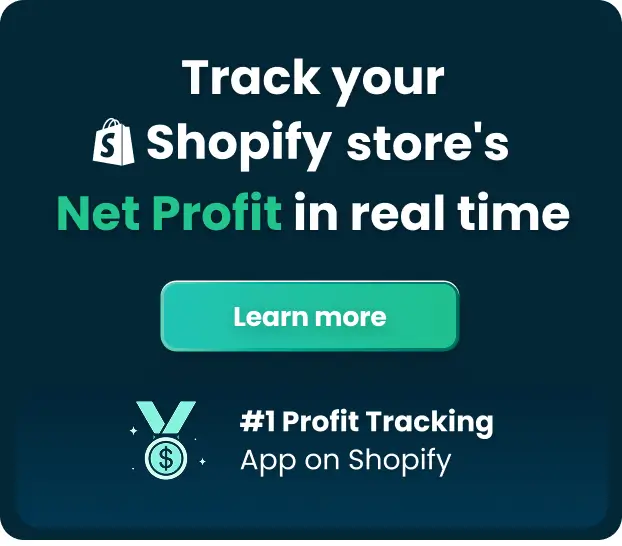

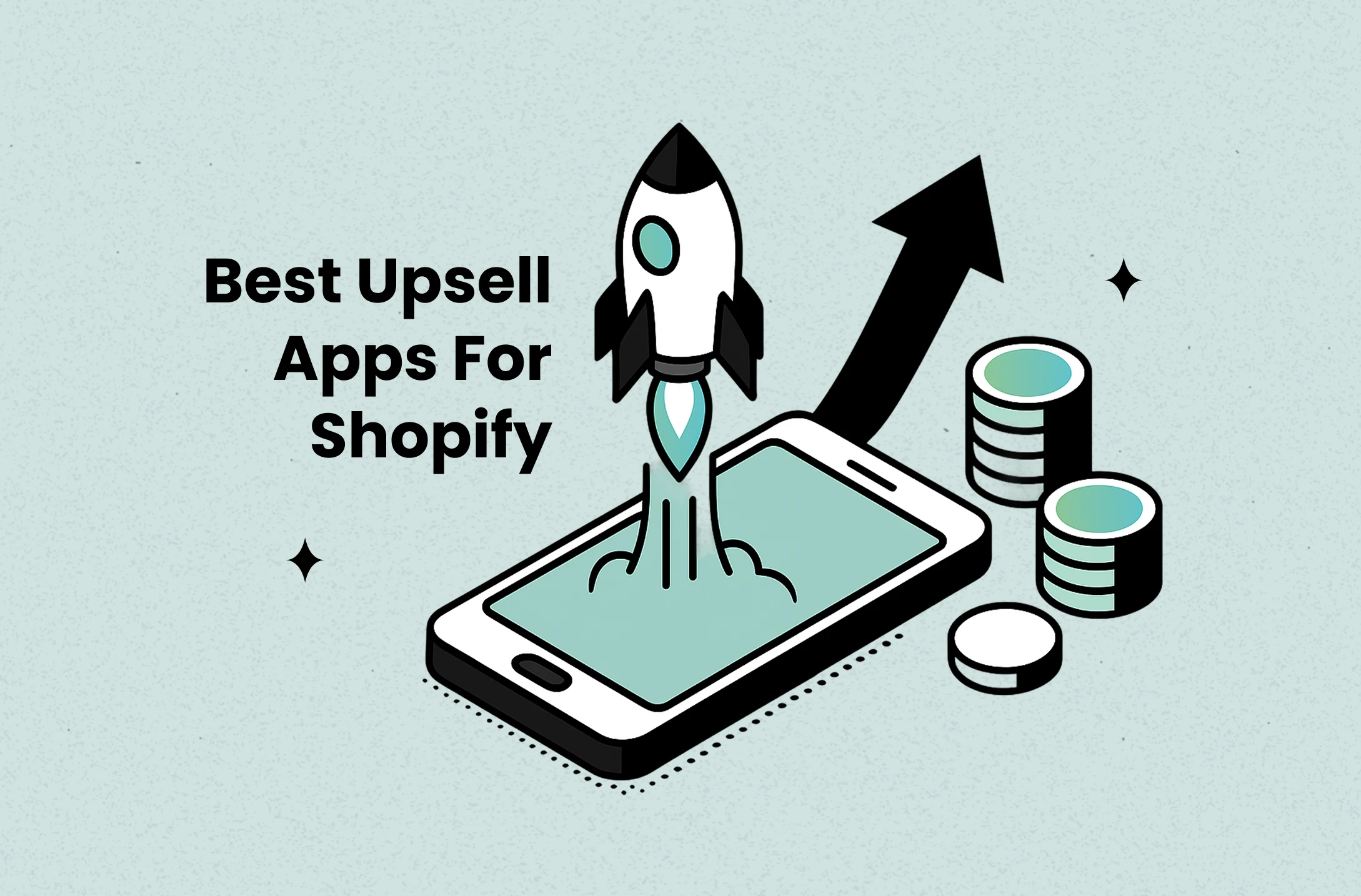

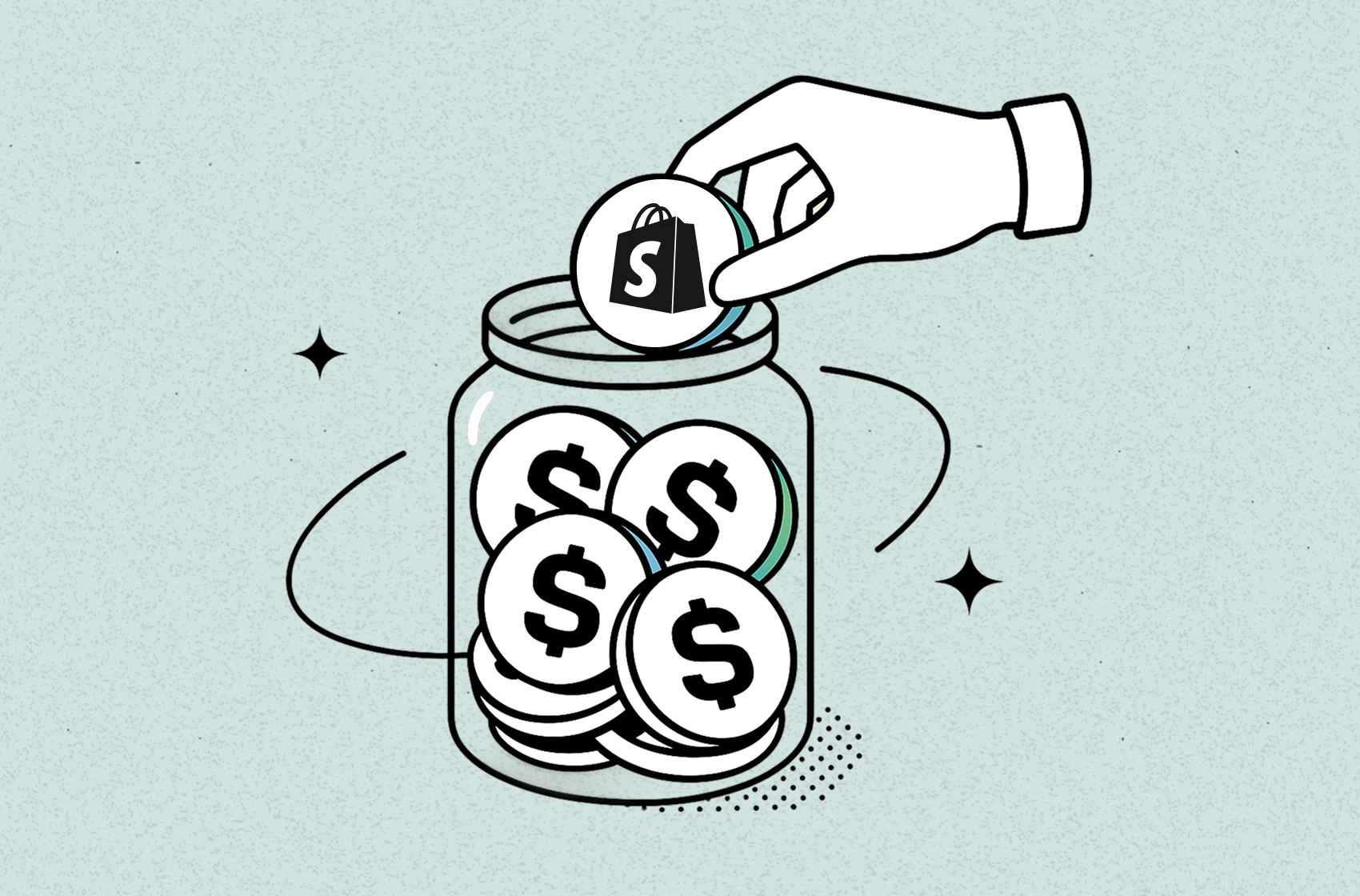
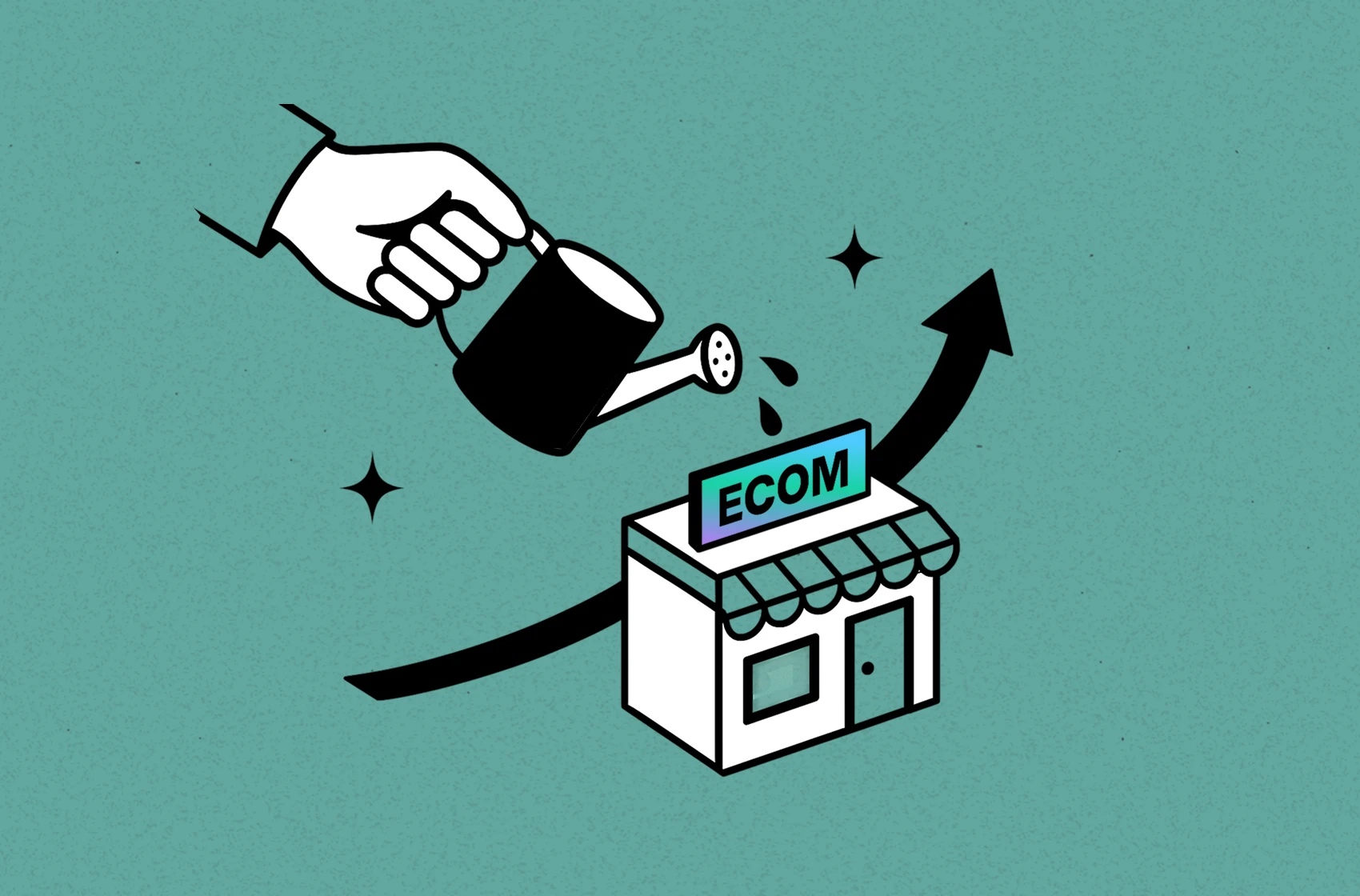
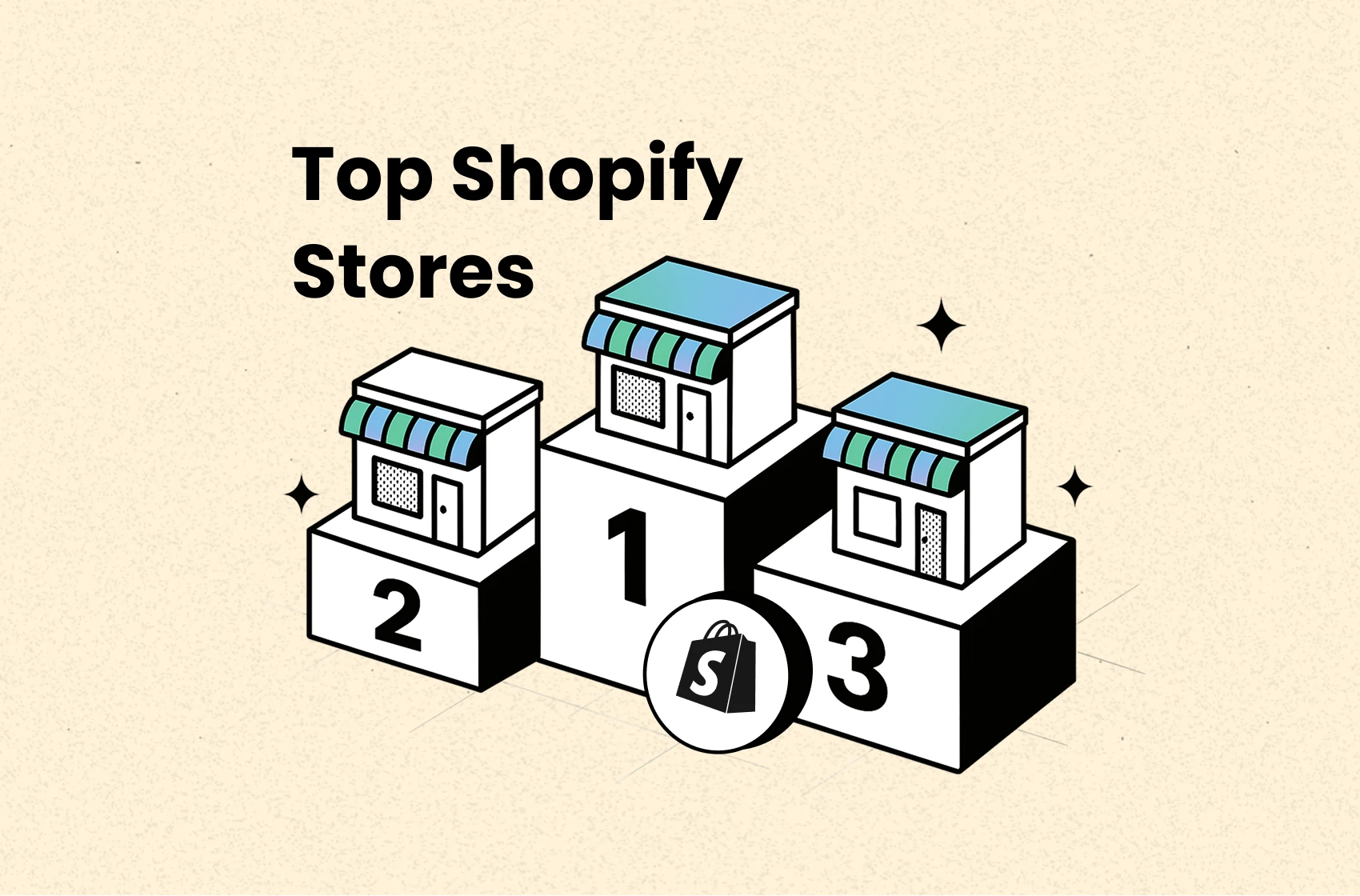
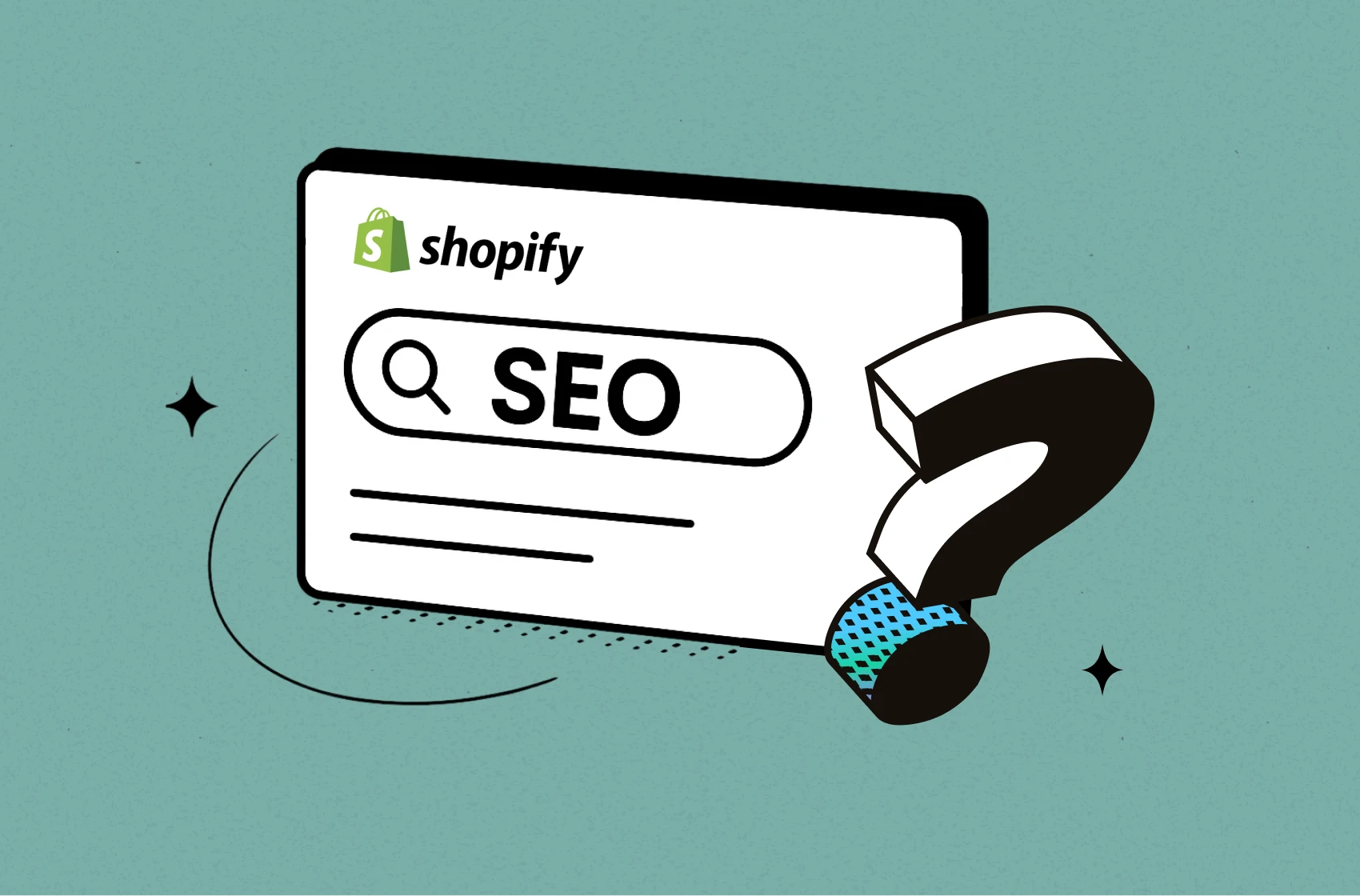
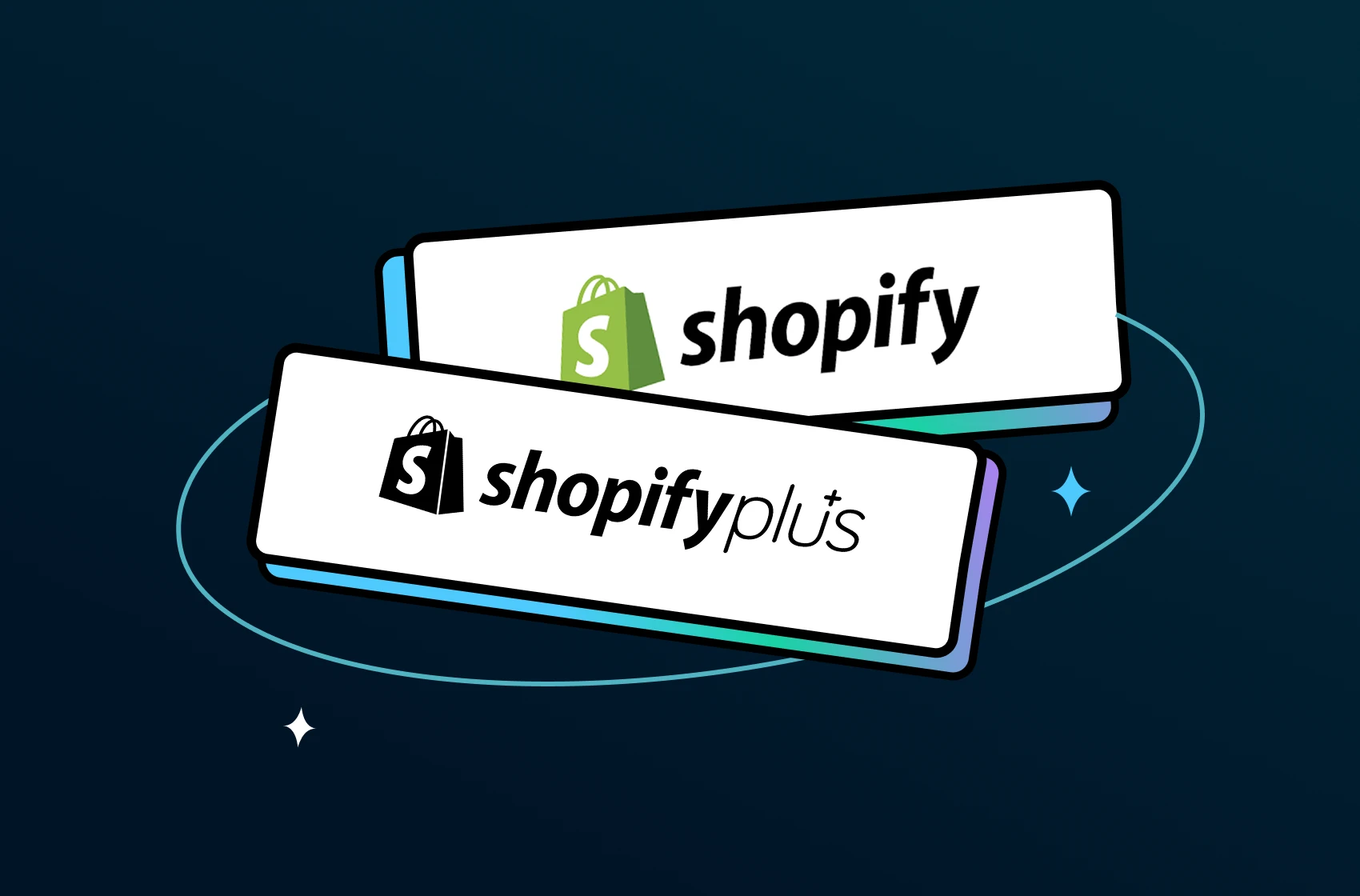
 Shopify profits
Shopify profits